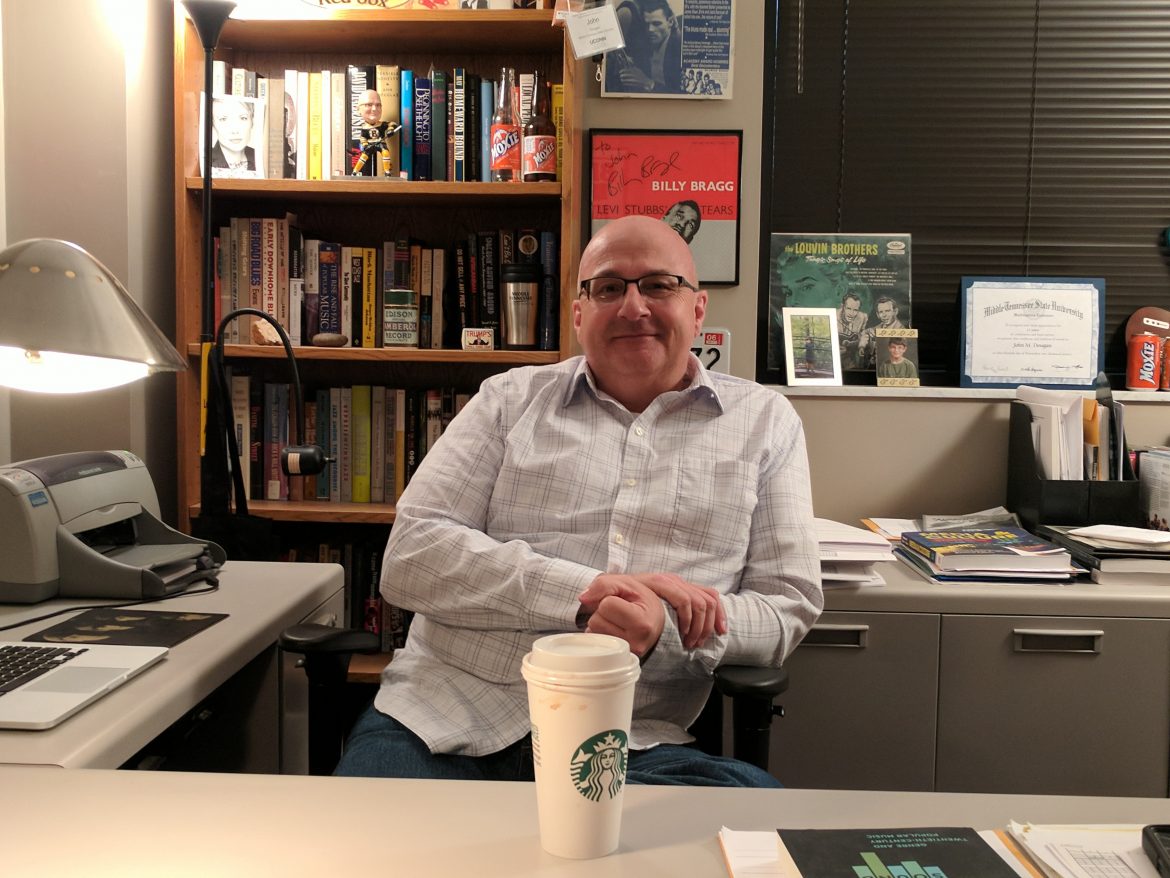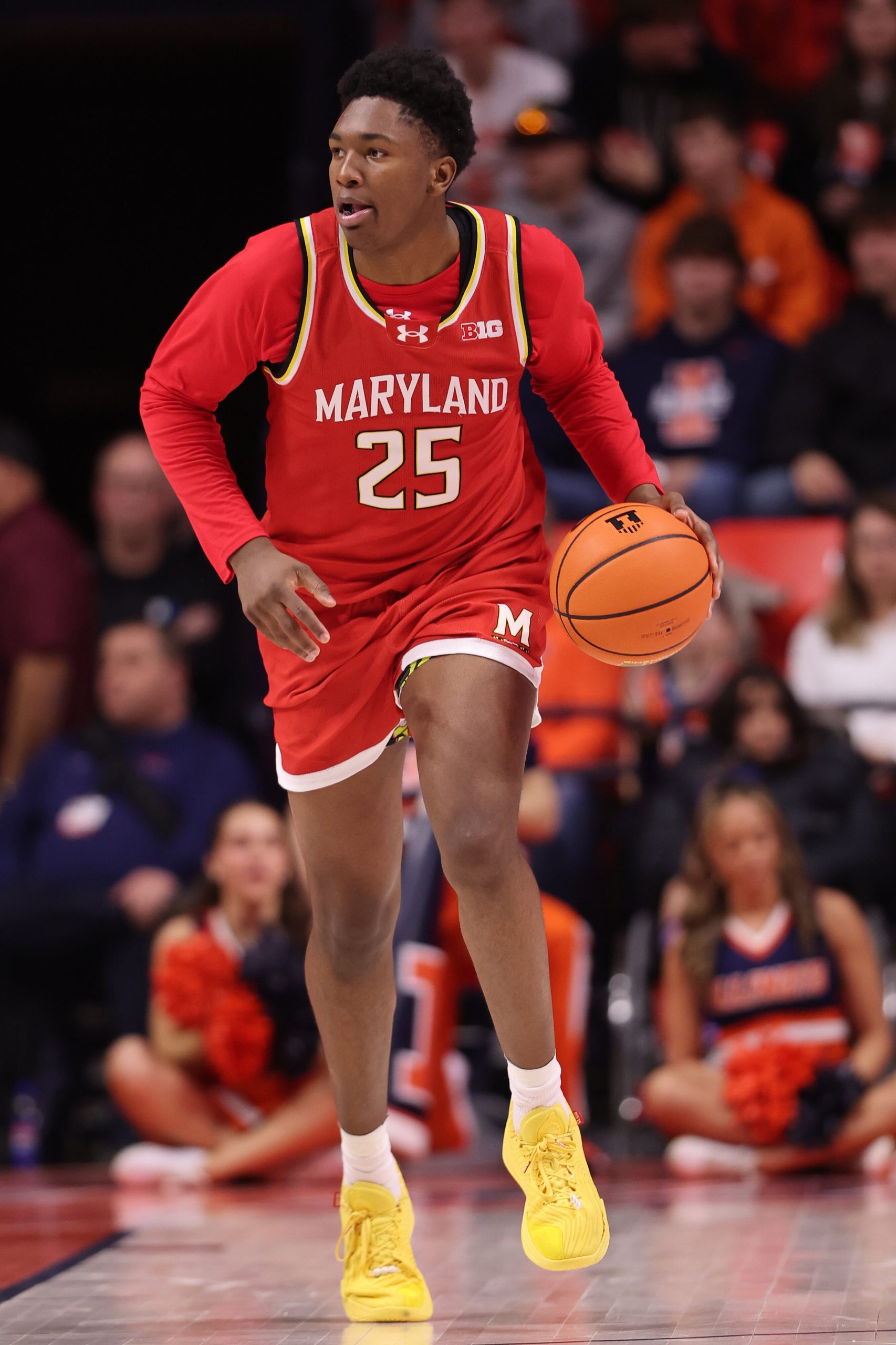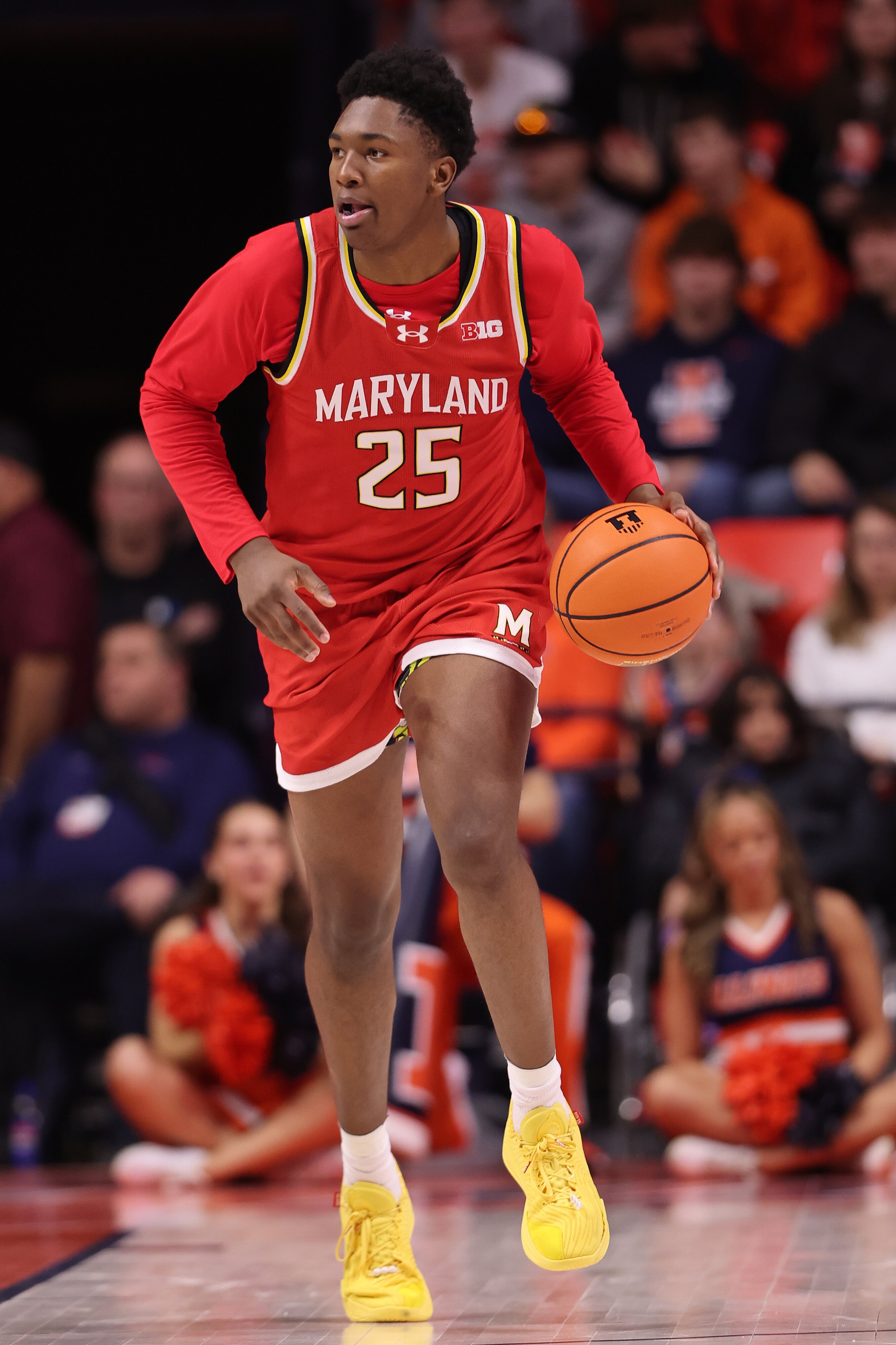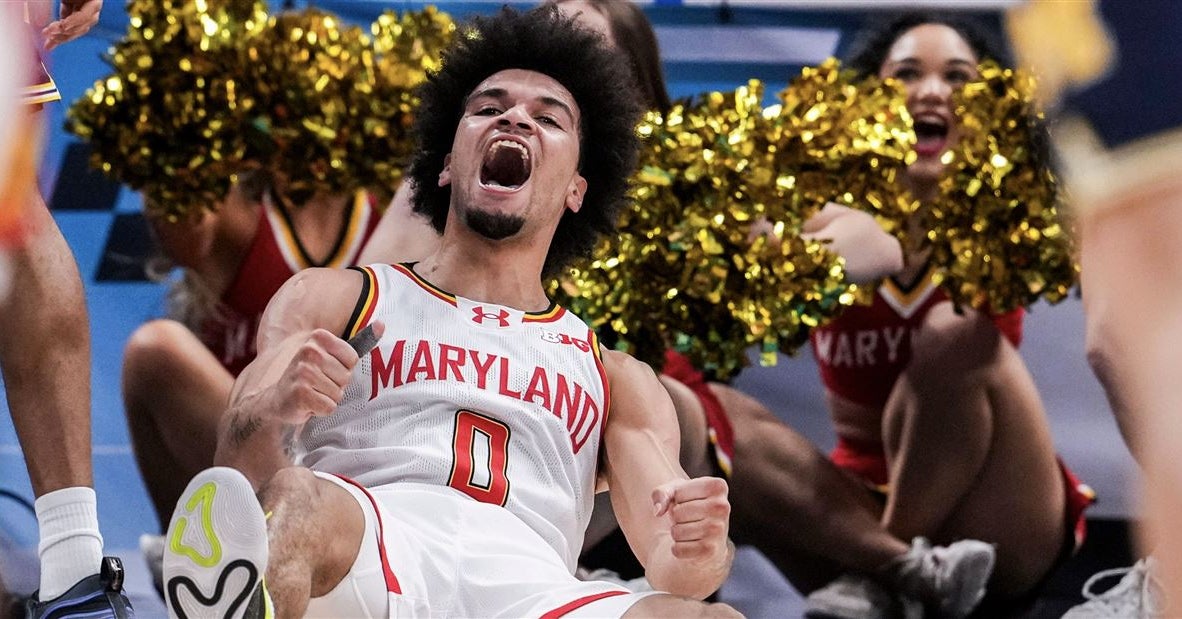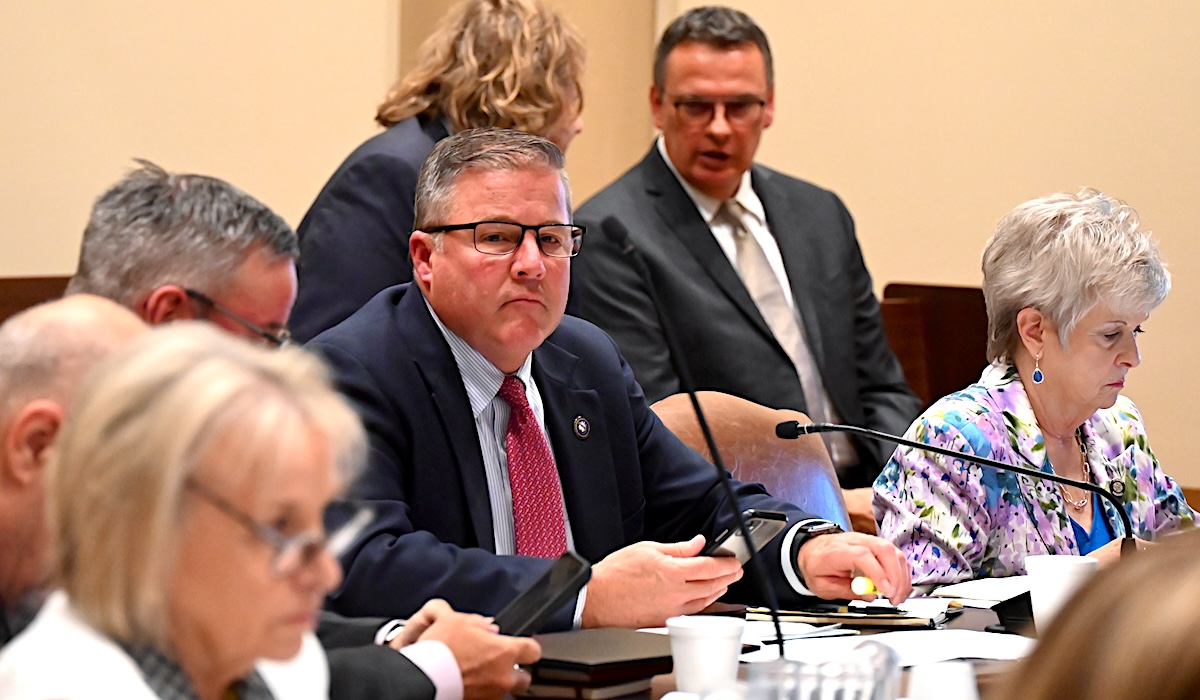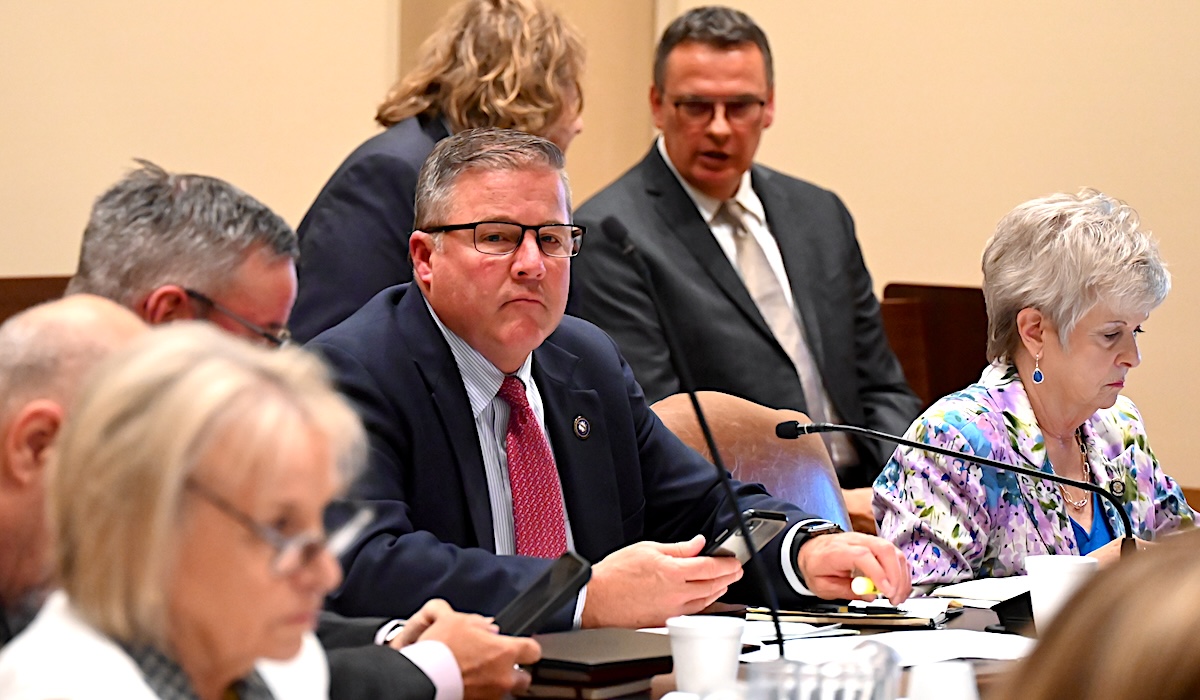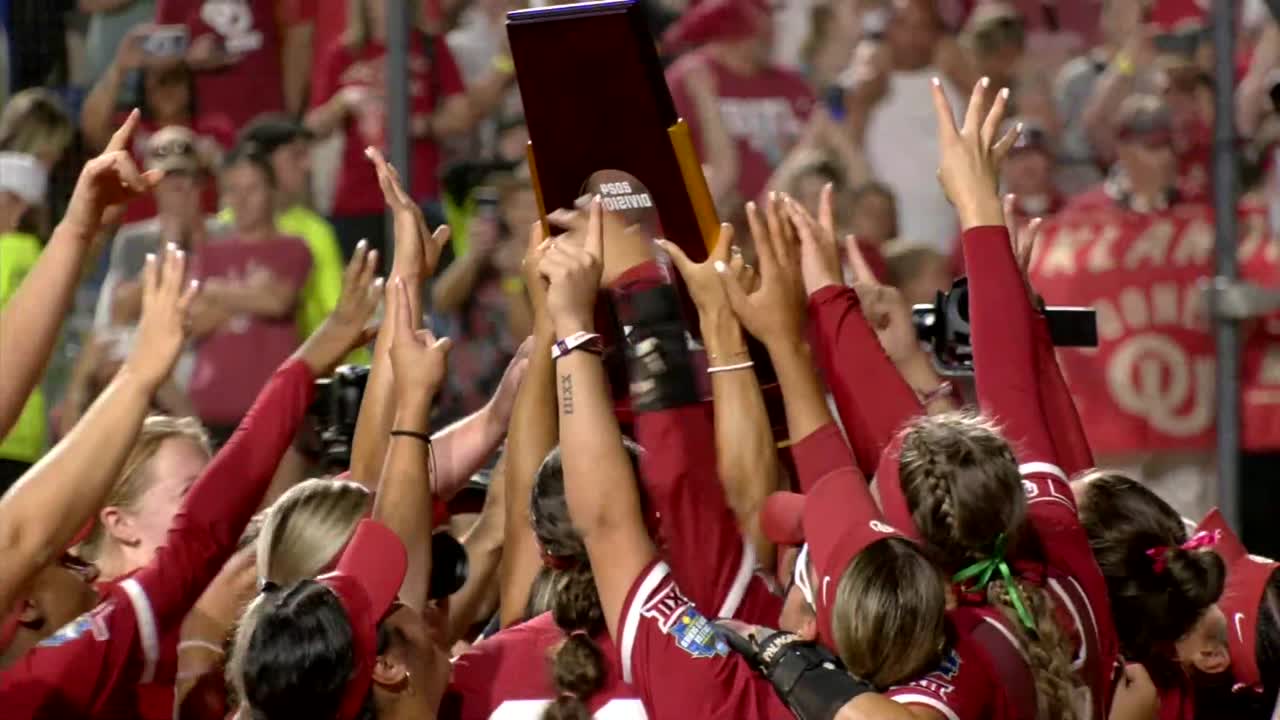In preparation for the July 1 implementation of the House v. NCAA settlement, Texas Tech Athletics integrated its official NIL Collective, The Matador Club, to its booster organization, the Red Raider Club, Monday.
Beginning in the 2025-26 academic year, the Red Raider Club will be responsible for contributing $14 million annually of the $20.5 million departmental-generated revenue collegiate programs are allowed to put forth toward student athletes.
“As we transition to a new model, know that we are ready,” stated Kirby Hocutt, Tech director of athletics, in a news release Monday. “Over the past year, we have studied various impacts of the House settlement on our department and have been ready for this new era in college athletics. Texas Tech will continue to be a leader nationally in this era.”
The move will provide donors one spot to assist Tech Athletics in the new revenue-sharing landscape. Since 1953, the Red Raider Club has been Tech’s primary booster organization for Athletics, while the Matador Club, which was established by donors Cody Campbell, Terry Fuller, John Sellers, Gary Petersen, Tim Culp and Marc McDougal, has served as an NIL collective since 2022.
As both the university and student-athletes transition into a new era of college football, Tech also created a dedicated Revenue Share Administration unit within the Internal Affairs and Compliance area of the athletics department.
This team, spearheaded by former Tech Associate Athletics Director for Compliance Justin Opperman, will be responsible for university NIL agreements with student-athletes, monitoring the annual revenue share cap and third-party NIL reporting.
Furthermore, Tech pledged to enhance its financial literacy efforts for student-athletes through additional courses under the J.T. and Margaret Talkington Department for Student-Athlete Development.
Higher-earning student-athletes will be provided advanced financial strategies in addition to the fundamental curriculum all Tech student-athletes are required.
“Our donors and supporters will have the ability to impact our success like never before,” Hocutt stated in the release, “but it will take all of us.”

